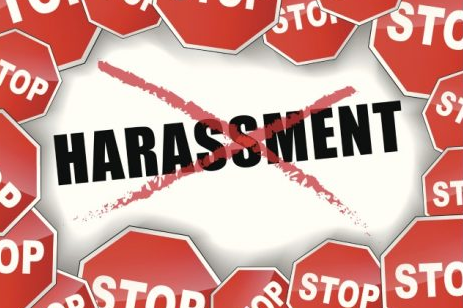Best Practices for Organizations to Prevent and Address Harassment and Discrimination
In today’s diverse and dynamic workplaces, it is imperative for organizations to prioritize the prevention and effective handling of harassment and discrimination. Creating a safe and inclusive environment not only fosters a positive workplace culture but also contributes to the overall success and well-being of employees. Here are some best practices for organizations to consider in their efforts to prevent and address harassment and discrimination.
- Establish Clear Policies and Procedures: The foundation of preventing and addressing harassment and discrimination lies in having well-defined policies and procedures. Ensure that your organization has a comprehensive anti-harassment and discrimination policy in place, outlining prohibited behaviors, reporting mechanisms, and the consequences for violations. Communicate these policies clearly to all employees and make them easily accessible.
- Provide Regular Training: Mandatory training sessions on harassment and discrimination should be conducted regularly for all employees, including leadership. These sessions should cover not only the legal aspects but also focus on fostering a culture of respect, empathy, and inclusion. Interactive and scenario-based training can help employees understand the nuances of identifying and addressing inappropriate behavior.
- Promote a Culture of Open Communication: Encourage open communication within the organization by fostering an environment where employees feel comfortable reporting incidents of harassment or discrimination. Establish confidential reporting channels and ensure that employees are aware of the procedures for filing complaints. Regularly communicate the organization’s commitment to addressing such issues promptly and impartially.
- Lead by Example: Leadership plays a crucial role in shaping the organizational culture. Leaders should exemplify the values of respect, fairness, and inclusivity. When employees see leadership actively promoting and practicing these values, it sets a powerful precedent for the entire organization. Leaders should also be visible and accessible to employees who may need to discuss concerns or report incidents.
- Diversify Hiring Practices: Promote diversity and inclusion from the very beginning by implementing inclusive hiring practices. Ensure that your recruitment processes are fair and transparent, and actively seek a diverse pool of candidates. A diverse workforce brings different perspectives and experiences, contributing to a more inclusive organizational culture.
- Conduct Regular Audits and Assessments: Regularly assess the effectiveness of your organization’s anti-harassment and discrimination initiatives through audits and surveys. Gather feedback from employees to identify areas that may need improvement. Use this information to make necessary adjustments to policies, training programs, and overall workplace practices.
- Swift and Impartial Investigation Process: When a complaint is filed, it is crucial to conduct a prompt and impartial investigation. Designate trained individuals or a dedicated team to handle investigations. Ensure that the process is transparent, and all parties involved are treated with fairness and respect. Communicate the outcomes of investigations appropriately while respecting confidentiality.
- Implement Consequences for Violations: Clearly outline the consequences for engaging in harassment or discrimination in your organizational policies. Enforce these consequences consistently to send a strong message that such behavior will not be tolerated. This helps create a deterrent and reinforces the organization’s commitment to maintaining a safe and inclusive workplace.
- Provide Support for Victims: Offer support services for victims of harassment and discrimination, including counseling, legal assistance, and other resources. Ensure that employees feel supported throughout the resolution process and afterward. This may involve implementing employee assistance programs or collaborating with external support organizations.
- Regularly Review and Update Policies: In the fast-paced and ever-evolving work environment, it’s crucial to regularly review and update anti harassment and discrimination policies. Stay informed about changes in legislation and best practices, and adjust your policies accordingly. Communicate updates to employees and provide additional training as needed.
In conclusion, preventing and addressing harassment and discrimination is a shared responsibility that requires a proactive and comprehensive approach from organizations. By implementing these best practices, organizations can create a workplace culture that values diversity, promotes inclusivity, and ensures the well-being of all employees.











 LOOKING FOR A JOB?
LOOKING FOR A JOB?